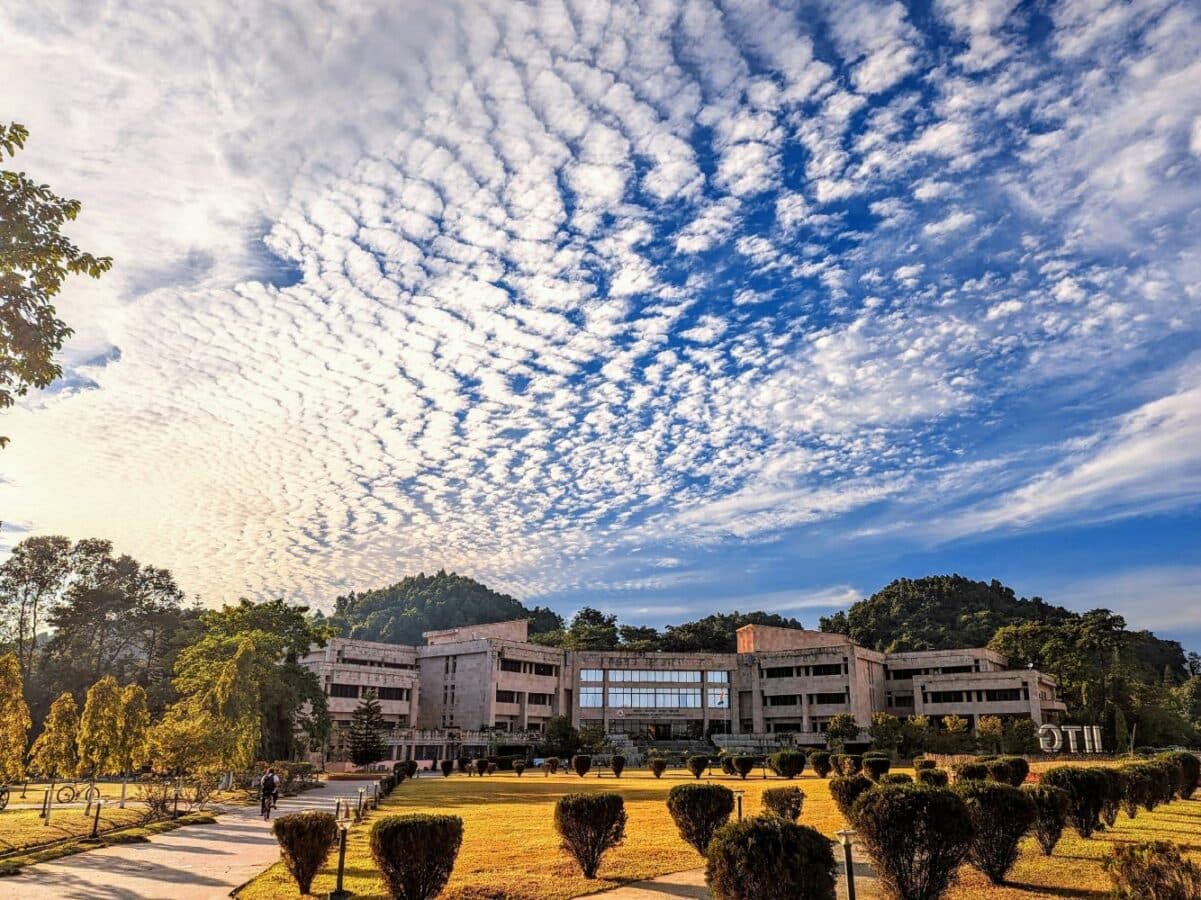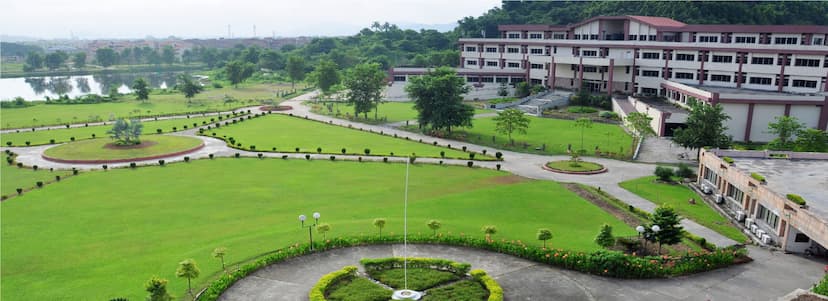IIT Guwahati and others team reveals new findings

IIT Guwahati team along with researchers from other institutions has studied a newly discovered black hole binary system.
The newly discovered system is called Swift J1727.8-1613 using data obtained from AstroSat.


Research Team from IIT Guwahati and others
The multi institutional research team comes from IIT Guwahati, U. R. Rao Satellite Centre, ISRO, University of Mumbai, and Tata Institute of Fundamental Research.
Studying
Studying black holes directly is challenging because nothing escapes from black holes to be detected or measured.
However, black hole binaries, where a black hole is paired with another object, such as a normal star, provide a unique opportunity for investigation, say sources from IIT Guwahati.

In these binary systems, the black hole’s gravity pulls material from its companion star, forming an accretion disk of gas and dust spiraling into the black hole, say sources from IIT Guwahati.
As the material in the accretion disk is pulled closer to the black hole, it heats up to extremely high temperatures, often millions of degrees, and emits X-rays.
These X-rays can be detected using space-based telescopes, providing valuable information about the black hole itself, say IIT Guwahati researchers.

Recent Study
The research team recently studied the black hole binary system Swift J1727.8-1613 using AstroSat, India’s first dedicated space astronomy observatory, which is in orbit around the Earth, say sources from IIT Guwahati.
AstroSat is equipped with instruments capable of observing the universe in multi-wavelengths, including X-rays, making it ideal for studying high-energy phenomena such as black hole binaries.

QPOs are indispensable for investigating mysterious black hole systems. By examining the periodic variations of X-ray photons at high energies (around 100 keV), QPOs help decode the footprints of a black hole’s strong gravity, he said.

This aids in understanding their fundamental properties and the dynamics of how the black hole attracts matter from the neighboring environment, said Prof Santabrata of IIT Guwahati.
QPOs
The researchers detected Quasi-periodic Oscillations (QPOs) in the X-ray light emitted by the accretion disk of Swift J1727.8-1613.
Quasi-periodic Oscillations (QPOs) are the flickering of X-ray light from an astronomical object around specific frequencies, say sources from IIT Guwahati.
Remarkably, these QPOs changed their frequency over just seven days, shifting from 1.4 to 2.6 times per second. This change of frequency is observed in extremely high-energy X-rays, which are incredibly hot, around a billion degrees.
Implications
The implications of this discovery are profound. QPOs can help astronomers study the inner regions of accretion disks and determine the masses, and spin periods of black holes, say researchers from IIT Guwahati and other institutions.
They can also test Einstein’s theory of general relativity, which describes gravity as a geometric property of space and time.
According to this theory, massive objects like black hole and neutron starts warp the fabric of spacetime around them.
And this curvature dictates the paths that accreting matter will follow, which we perceive as gravitational attraction, say IIT Guwahati researchers.
Impact
Dr. Anuj Nandi, U R Rao Satellite Centre, ISRO spoke about the impact of this research. “Unique capabilities of AstroSat, namely the high time resolution and large X-ray photon collecting area, made the discovery of evolving QPO frequency in high energy X-rays possible.
These high energy X-rays are generated when low energy photons interact with hot material from inner disk around black holes via Compton scattering process, he said.
AstroSat observations distinctly confirm that Swift J1727.8−1613 was in a accretion state dominated by Comptonized emissions that manifest aperiodic modulation, resulting in observed QPO features, he said.

Publication
The details of this work have been published in the prestigious journal, Monthly Notices of the Royal Astronomical Society, in a paper co-authored by Prof. Santabrata Das from IIT Guwahati, Dr. Anuj Nandi from U R Rao Satellite Centre, ISRO, Prof. H. M. Antia from University of Mumbai, and Dr. Tilak Katoch and Mr. Parag Shah from TIFR, along with research student Mr. Seshadri Majumder from IIT Guwahati.
S Vishnu Sharmaa now works with collegechalo.com in the news team. His work involves writing articles related to the education sector in India with a keen focus on higher education issues. Journalism has always been a passion for him. He has more than 10 years of enriching experience with various media organizations like Eenadu, Webdunia, News Today, Infodea. He also has a strong interest in writing about defence and railway related issues.









